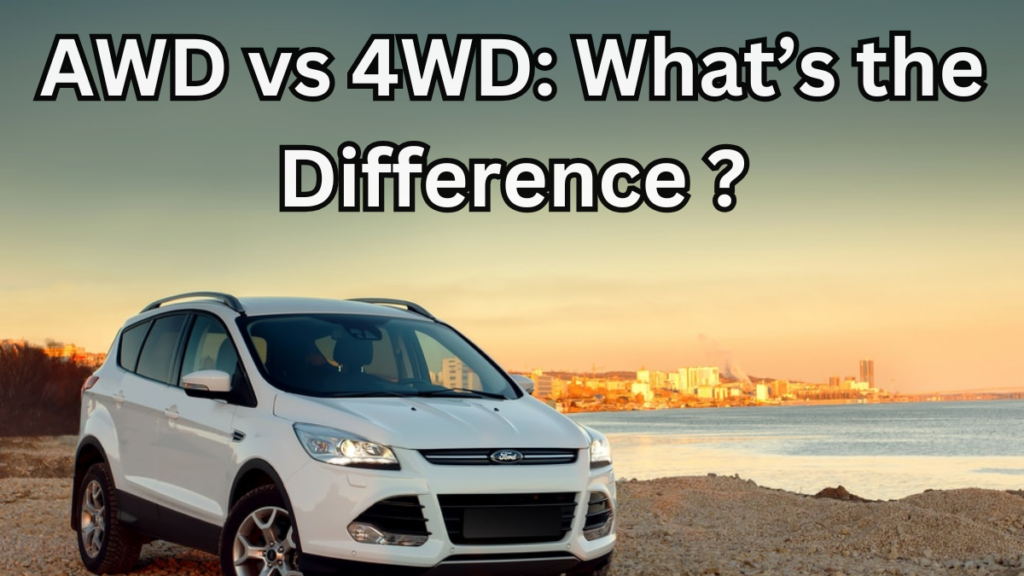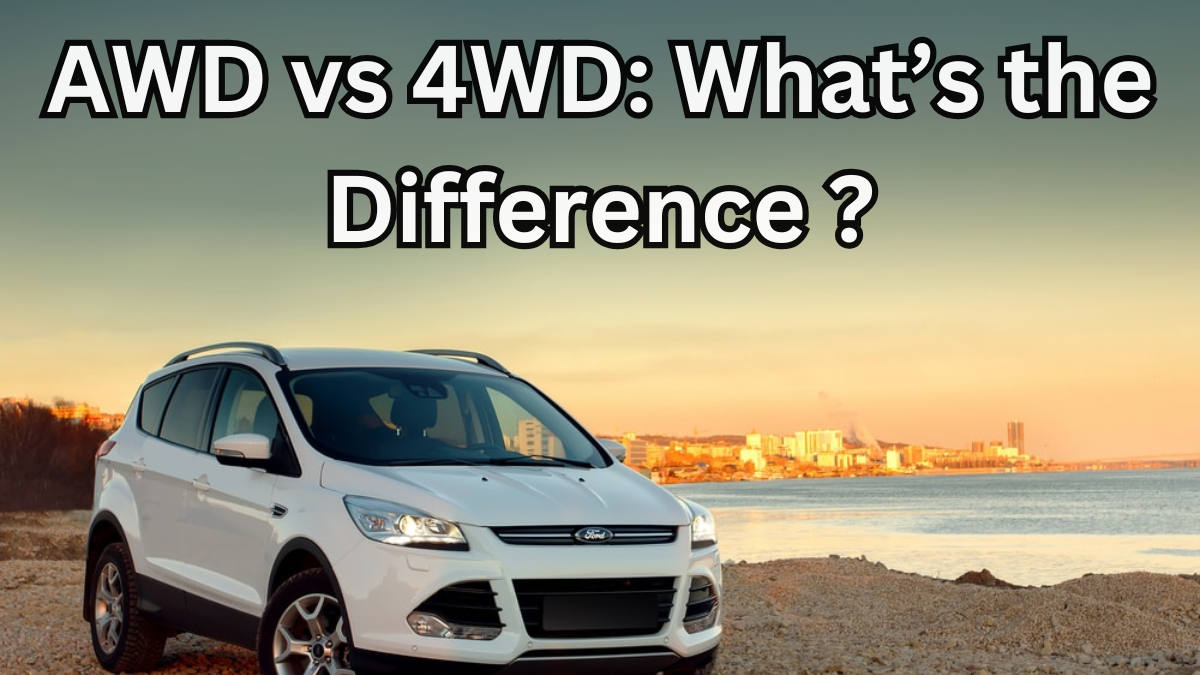When it comes to choosing the right vehicle for your driving needs, understanding the difference between AWD and 4WD is crucial. Both systems improve traction and handling but work differently and serve distinct purposes. If you’ve ever been confused about AWD vs 4WD explained, you’re not alone.
Let’s break down these drivetrain types in simple terms and help you decide which one suits you best.

What Are Drivetrain Types?
Before diving into AWD and 4WD, it helps to know what a drivetrain does. The drivetrain connects your engine to the wheels, determining how power is distributed. The key drivetrain types are:
-
2WD (Two-Wheel Drive): Power is sent to either the front or rear wheels only.
-
AWD (All-Wheel Drive): Power is automatically distributed to all four wheels.
-
4WD (Four-Wheel Drive): Power is manually or automatically sent to all four wheels, often with more control options.
AWD vs 4WD Explained: How They Work
| Feature | AWD (All-Wheel Drive) | 4WD (Four-Wheel Drive) |
|---|---|---|
| Power Distribution | Automatically adjusts power to each wheel based on traction | Driver can switch power on/off to front/rear axles |
| Best For | On-road driving, wet or slippery conditions | Off-road, rugged terrains, heavy-duty use |
| Control | Full-time, always engaged | Part-time or full-time, depending on the vehicle |
| Complexity | More complex, uses sensors and computers | Simpler mechanical systems, often with low-range gears |
| Fuel Efficiency | Generally more fuel-efficient | Typically uses more fuel due to heavier components |
AWD: The Everyday Helper
Think of AWD as your all-weather friend. It’s designed for drivers who want extra grip on wet roads, snowy streets, or light off-road trails without having to do anything special. The system constantly monitors wheel traction and shifts power where it’s needed most, all behind the scenes. You don’t have to think about turning it on or off — it just works.
4WD: The Off-Road Warrior
4WD is built for adventure. It gives drivers the ability to manually engage all four wheels, perfect for conquering tough off-road paths, mud, rocks, or deep snow. Many 4WD systems include low-range gearing, which provides extra torque at low speeds — essential for climbing steep hills or crawling over obstacles.
Which One Should You Choose?
| Factor | Choose AWD If… | Choose 4WD If… |
|---|---|---|
| You mostly drive on paved roads | You want better traction in rain, snow, or light off-road | You frequently drive off-road or in rugged conditions |
| Convenience matters | You want a system that automatically manages power | You don’t mind manually engaging 4WD when needed |
| Fuel economy is important | You prefer a lighter system with better fuel efficiency | You are okay with heavier, more fuel-consuming systems |
| You want less maintenance | You prefer a low-maintenance drivetrain | You’re ready for extra upkeep from tougher terrain use |
Key Takeaways on AWD vs 4WD Explained
-
AWD provides seamless traction in everyday conditions with minimal driver input.
-
4WD offers robust control and power for extreme off-road and heavy-duty driving.
-
Fuel efficiency and maintenance needs vary significantly between the two.
-
Your driving habits and terrain should dictate your choice.
Frequently Asked Questions (FAQs)
1. Can AWD vehicles be used for off-roading?
Yes, AWD vehicles can handle light off-road conditions like dirt roads and mild trails, but they lack the rugged low-range gearing and manual control found in 4WD systems needed for serious off-roading.
2. Does 4WD improve fuel efficiency?
Generally, no. 4WD systems tend to be heavier and less fuel-efficient due to the extra components and power delivery to all wheels.
3. Is AWD always on?
Most AWD systems are always engaged and automatically adjust power between wheels without driver intervention.
4. Can I switch between AWD and 4WD?
AWD systems do not typically allow switching because they are always active. 4WD systems often allow you to engage or disengage the system manually depending on driving conditions.
Click here to learn more
Sachin is a dedicated writer specializing in education, career, and recruitment topics, delivering clear and actionable insights to empower readers.
